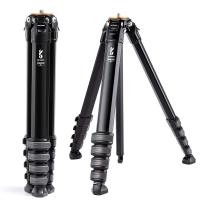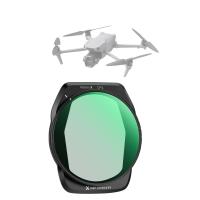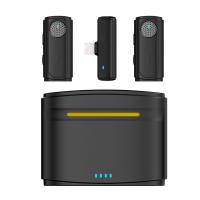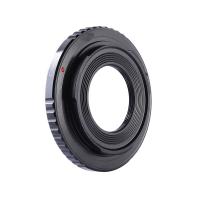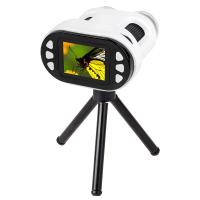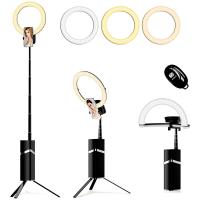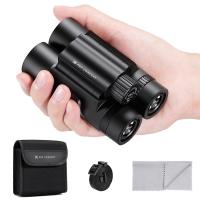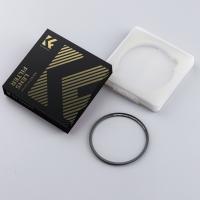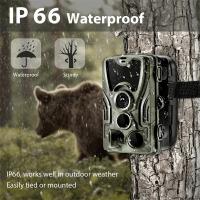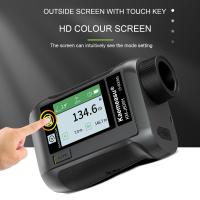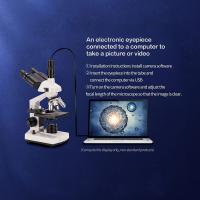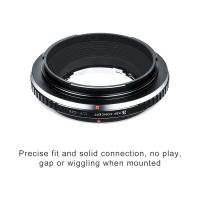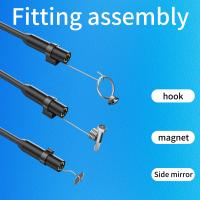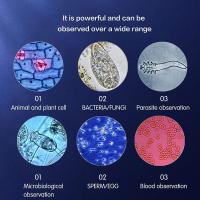How Do They Clean The Endoscope ?
Endoscopes are typically cleaned using a process called high-level disinfection. This involves several steps, including pre-cleaning, leak testing, manual cleaning, rinsing, disinfection, and drying. The pre-cleaning step involves removing any visible debris or organic material from the endoscope. Leak testing is performed to ensure there are no leaks or damages that could compromise the disinfection process. Manual cleaning is then carried out using enzymatic cleaners and brushes to remove any remaining organic material. The endoscope is thoroughly rinsed to remove any cleaning agents. Disinfection is achieved by immersing the endoscope in a high-level disinfectant solution or using an automated disinfection system. Finally, the endoscope is dried using forced air or other methods to prevent the growth of microorganisms. It is important to follow strict cleaning and disinfection protocols to ensure the endoscope is properly cleaned and safe for reuse.
1、 Manual cleaning with enzymatic detergent and brushes
The cleaning process for endoscopes typically involves manual cleaning with enzymatic detergent and brushes. This method has been widely used and proven effective in removing organic debris and biofilm from the endoscope surfaces.
To begin the cleaning process, the endoscope is first flushed with water to remove any residual fluids or debris. Then, an enzymatic detergent solution is applied to the endoscope surfaces, which helps to break down and remove any remaining organic material. The endoscope is then manually scrubbed using brushes specifically designed for endoscope cleaning. These brushes are used to reach and clean all the different channels and components of the endoscope, ensuring a thorough cleaning.
After the manual cleaning process, the endoscope is rinsed with water to remove any detergent residue. It is then dried and inspected for any visible damage or defects. Finally, the endoscope is subjected to a high-level disinfection or sterilization process, depending on the specific requirements and guidelines.
It is important to note that the cleaning process for endoscopes is constantly evolving, and new technologies and methods are being developed to improve the effectiveness and efficiency of the cleaning process. For example, automated endoscope reprocessors (AERs) are now being used in some healthcare facilities to automate the cleaning and disinfection process, reducing the risk of human error and improving consistency. Additionally, advancements in detergent formulations and brush designs are being made to enhance the cleaning efficacy and minimize the potential for damage to the endoscope.
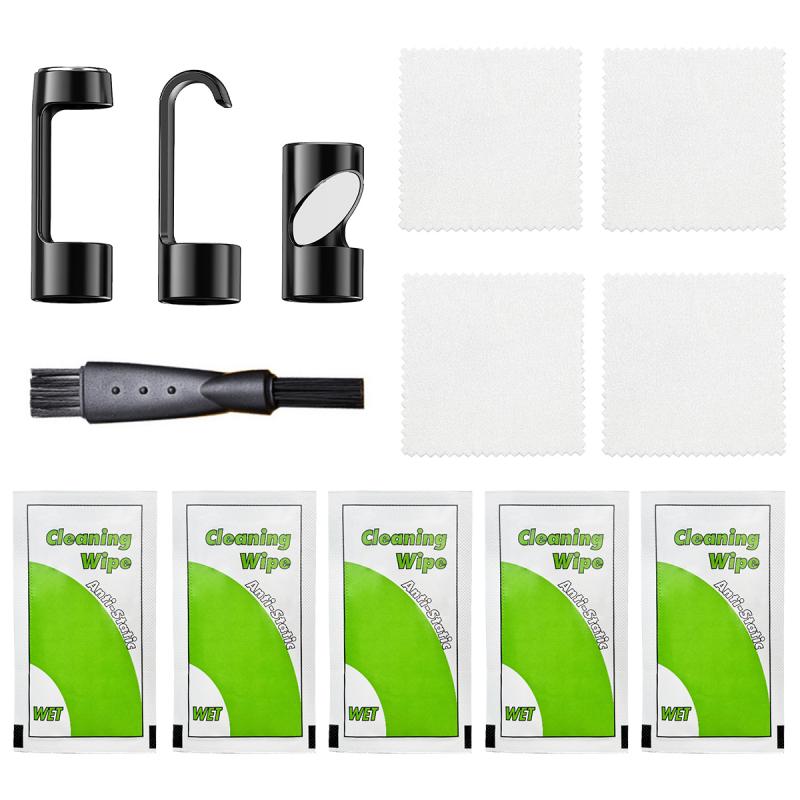
2、 Automated cleaning using washer-disinfectors
The endoscope is a vital medical instrument used for various diagnostic and therapeutic procedures. As it comes into direct contact with the patient's body, it is crucial to ensure that it is thoroughly cleaned and disinfected to prevent the transmission of infections.
One of the most common methods used for cleaning endoscopes is automated cleaning using washer-disinfectors. These machines are specifically designed to clean and disinfect medical instruments effectively and efficiently. The endoscope is placed in the washer-disinfector, which then goes through a series of automated cleaning cycles.
The cleaning process typically involves several steps. First, the endoscope is pre-cleaned to remove any visible debris or organic material. Then, it is subjected to a thorough cleaning using a combination of water, detergents, and enzymatic cleaners. This helps to remove any remaining organic material and biofilm from the endoscope's surfaces.
After the cleaning process, the endoscope is rinsed with water to remove any residual cleaning agents. It is then subjected to a high-level disinfection process, which involves the use of chemical disinfectants or sterilants. This step ensures that any remaining microorganisms are killed, reducing the risk of infection transmission.
The latest point of view regarding endoscope cleaning is the increasing use of automated cleaning systems with advanced technologies. These systems often include features such as automated leak testing, drying, and documentation of the cleaning process. They also have built-in monitoring systems to ensure that the cleaning and disinfection processes are performed correctly.
In conclusion, automated cleaning using washer-disinfectors is a widely used method for cleaning endoscopes. It provides a standardized and efficient process that helps to ensure the safety of patients by reducing the risk of infection transmission. The latest advancements in automated cleaning systems further enhance the effectiveness and reliability of the cleaning process.
3、 High-level disinfection with chemical solutions
High-level disinfection with chemical solutions is the primary method used to clean endoscopes. This process involves the use of powerful disinfectants that are capable of killing a wide range of microorganisms, including bacteria, viruses, and fungi. The goal is to ensure that the endoscope is thoroughly cleaned and free from any potential pathogens before it is used on another patient.
The cleaning process typically involves several steps. First, the endoscope is manually cleaned to remove any visible debris or organic material. This is done using a detergent solution and brushes or sponges specifically designed for endoscope cleaning. Once the visible contaminants are removed, the endoscope is then subjected to high-level disinfection using chemical solutions.
The chemical solutions used for high-level disinfection vary, but commonly include glutaraldehyde, peracetic acid, hydrogen peroxide, or a combination of these agents. These disinfectants are highly effective in killing microorganisms and are capable of penetrating the complex channels and crevices of the endoscope.
It is important to note that the cleaning and disinfection of endoscopes is a complex process that requires strict adherence to guidelines and protocols. In recent years, there has been an increased focus on improving endoscope reprocessing practices due to the emergence of multidrug-resistant organisms and the potential for transmission of infections.
The latest point of view emphasizes the need for thorough cleaning and effective disinfection of endoscopes to prevent the transmission of infectious agents. This includes the implementation of stringent cleaning protocols, regular monitoring of cleaning efficacy, and ongoing training and education for healthcare professionals involved in endoscope reprocessing.
In conclusion, high-level disinfection with chemical solutions is the primary method used to clean endoscopes. This process involves the use of powerful disinfectants that are capable of killing a wide range of microorganisms. The latest point of view emphasizes the importance of thorough cleaning and effective disinfection to prevent the transmission of infections.
4、 Sterilization using ethylene oxide gas or hydrogen peroxide plasma
The cleaning process for endoscopes involves several steps to ensure proper disinfection and sterilization. One of the commonly used methods is sterilization using ethylene oxide gas or hydrogen peroxide plasma.
Ethylene oxide gas sterilization is a widely accepted method for cleaning endoscopes. It involves placing the endoscope in a sealed chamber and exposing it to ethylene oxide gas. This gas penetrates the endoscope's channels and kills microorganisms, including bacteria, viruses, and spores. After exposure, the endoscope is aerated to remove any residual gas before it can be used again.
Hydrogen peroxide plasma sterilization is another effective method for cleaning endoscopes. This process involves placing the endoscope in a chamber where hydrogen peroxide vapor is generated. The vapor fills the chamber and penetrates the endoscope's channels, killing microorganisms. After exposure, the hydrogen peroxide is converted into water vapor and oxygen, leaving no toxic residues. The endoscope is then aerated to remove any remaining vapor before it can be used again.
Both ethylene oxide gas and hydrogen peroxide plasma sterilization methods have been proven to effectively clean endoscopes. However, there have been concerns about the potential health risks associated with ethylene oxide gas, as it is a known carcinogen. As a result, there has been a shift towards using hydrogen peroxide plasma sterilization, which is considered a safer alternative.
In recent years, there have been advancements in endoscope cleaning technologies. For instance, some manufacturers have developed automated cleaning systems that can clean and disinfect endoscopes more efficiently. These systems use advanced cleaning agents and technologies to ensure thorough cleaning and reduce the risk of contamination.
In conclusion, the cleaning of endoscopes involves sterilization using either ethylene oxide gas or hydrogen peroxide plasma. Both methods have been widely used, but there is a growing preference for hydrogen peroxide plasma due to safety concerns. Advancements in cleaning technologies continue to improve the effectiveness and efficiency of endoscope cleaning processes.








